DAO-YI CHOW AND MAXWELL OSBORNE OF PUBLIC SCHOOL NYC
Born and bred purveyors of New York cool, Public School are surpassing their own successes by delivering their signature synergy of street and substance to their women’s collections.
 Photography by Bon Duke | Styling by Kate Carnegie | Featuring Models Ana Christina @ New York Models, Sahara Lin @ Elite Models, Jordan Legessa @ Heroes | Interview by Alan Bindler
Photography by Bon Duke | Styling by Kate Carnegie | Featuring Models Ana Christina @ New York Models, Sahara Lin @ Elite Models, Jordan Legessa @ Heroes | Interview by Alan Bindler
All Clothing by Public School NYC
Luxury Streetwear. To an outsider, it can seem an oxymoron of sorts. The history of streetwear is long and storied, the specifics of which are hotly debated in the comments sections of 21st century cultural hubs like Complex and Hypebeast. Born out of surf and skate culture of the late 1970s and infused with urban wear aesthetics of the 1990s, luxury streetwear combines these influences with the timeless quality and craftsmanship one would expect from European maisons. Founded in 2008 and relaunched in 2012, Public School has been evolving the genre to great accolades for nearly a decade, defining what is cool and coveted by a rising generation of luxury consumers. Originally a men’s label, designers Dao-Yi Chow and Maxwell Osborne launched their women’s line in Fall 2014, marking a seamless transition for the go-to brand of born-and-bred New York cool. 2017 is a benchmark year for Public School, with the volume of their women’s business about to surpass the men’s. Here, Iris Covet Book chats with the duo about designing for women, why luxury streetwear is so relevant now, and the new definition of luxury.
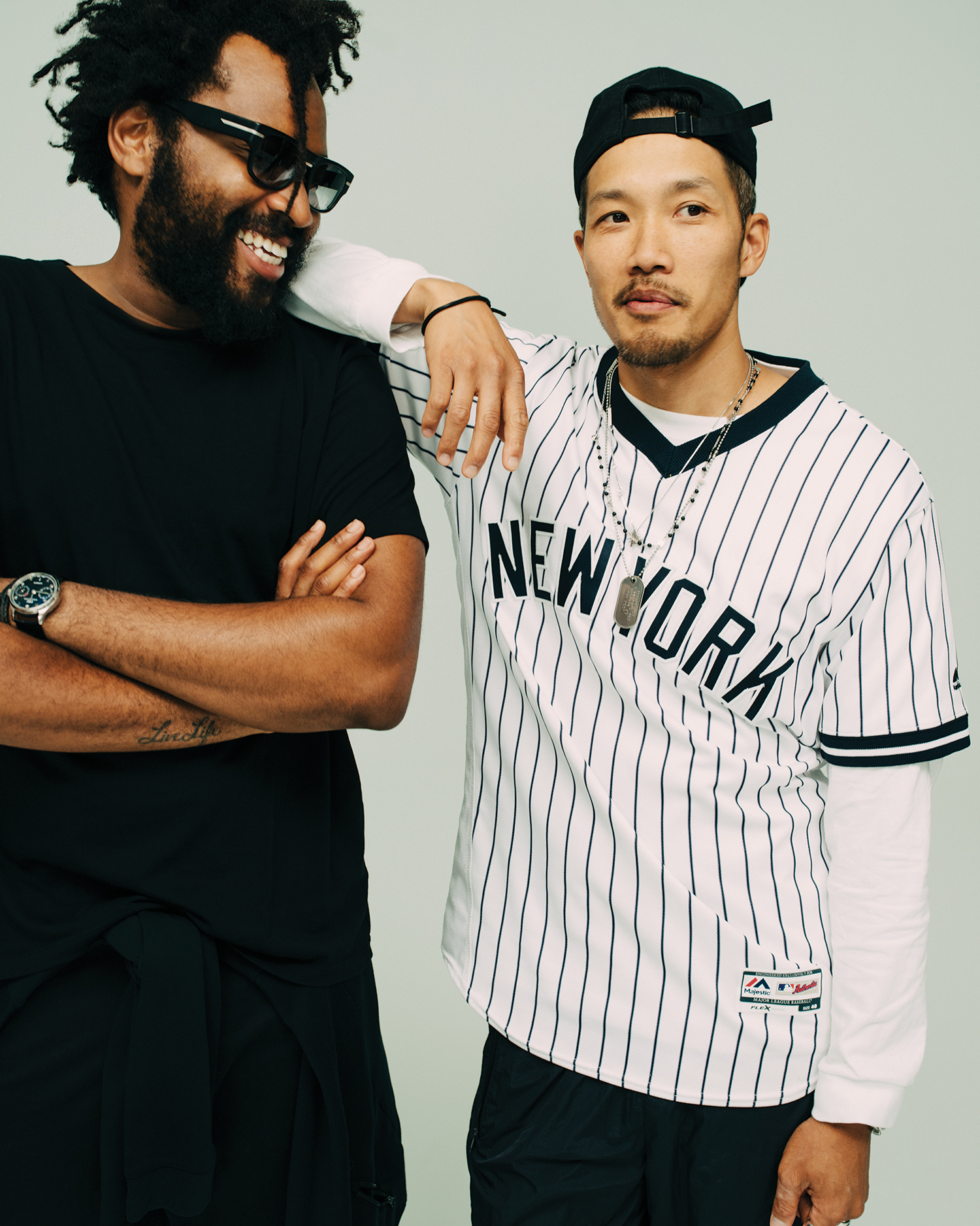 I understand that this year the women’s business is surpassing the men’s business. Do you think that’s going to affect how you show the brand in the future and the overall brand story?
I understand that this year the women’s business is surpassing the men’s business. Do you think that’s going to affect how you show the brand in the future and the overall brand story?
Maxwell Osborne: I think in the longer term, for us, yeah, women’s business is growing and it has turned into a bigger business than our men’s business, which we kind of knew would happen going into it, and I think we just change with the times and really figure out what’s best with us in terms of how you show and release products. And I think that’s also just a sign of where we are in general in the marketplace and how women and men shop, and how our retailers buy the products. So it’s not surprising that our women’s business is bigger than our men’s business. I think we’ll always be known as a menswear brand first and foremost, but it’s actually also refreshing to have the women’s business grow at the pace it’s been growing.
Can you speak a little bit more about this and your vision for who your female customer is?
MO: Actually, it’s evolving. Our women’s business is still so new, so we’re still learning more information about our Public School Girl. We’re finding out now it’s actually Public School Women as well. They blend, and now we’re learning that Public School is not just a girl line, it’s also a woman’s line, maybe even more so than we thought. So we’re continually learning about our own brand through the people that wear it and buy it. Right now our lines have been blurred in terms of who the girl is. It’s really just this girl who’s transformed into a woman. It’s great to watch.
That’s exciting. It’s almost as if your customer is growing with you.
MO: Yeah, basically. They’re maturing with us, for sure. Do you have any specific muses? MO: I think we have a lot of different ideas of who this woman is – there’s not just one specific girl, but it’s the girl on the go, the girl who lives in a metropolitan city, who knows what’s up and goes from work to drinks, or work to dinner to an art gallery to a party and never really has to change. She’s comfortable in her own skin. Obviously all very cliché, but that’s exactly who we design for in terms of being a New Yorker or being in Tokyo or another big city. Just a girl that’s on the move and very comfortable in what she does. She’s not just one girl. It’s the girl of many faces.
What are some things you find yourself thinking about when you’re designing for women that you didn’t think about when you were designing exclusively for men?
MO: The idea of ease and femininity is something that we never really thought about for men. We’ve kind of softened that up because a lot of women just want to be feminine. And it’s like, what’s the reason you’re buying a Public School women’s dress? We’re not floral and ruffles all the time. We’re different than that. So what’s our take on that? I think that’s the challenge we always have. A good challenge in designing for women, for our customers, is what’s that line of femininity which also makes it very Public School. So we’re always challenging ourselves and figuring out that piece.
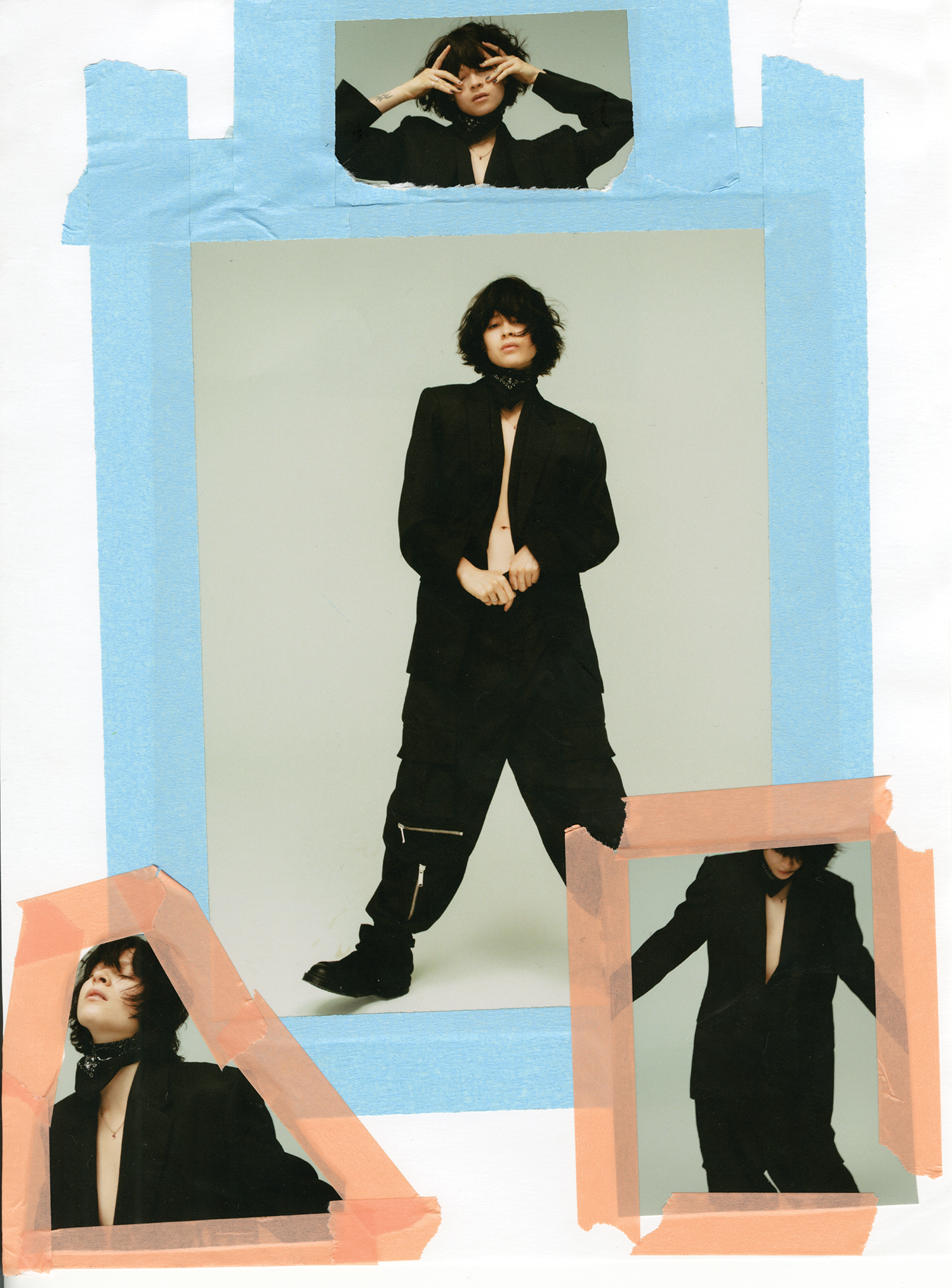 In today’s market, department stores, even luxury ones, are full of sale racks. When you go to an industry trade show, it’s a sea of booths for small labels that no one may ever hear of; It can be kind of easy to get discouraged from a designer’s perspective. Do you ever feel that? That there’s just so much out there, and how do you find that voice?
In today’s market, department stores, even luxury ones, are full of sale racks. When you go to an industry trade show, it’s a sea of booths for small labels that no one may ever hear of; It can be kind of easy to get discouraged from a designer’s perspective. Do you ever feel that? That there’s just so much out there, and how do you find that voice?
MO: Yeah, we do feel like that. To be a designer and also be conscious of what’s going on, and knowing that nobody really needs to produce another piece of clothing in this world because we have enough to survive. But at the same time you can’t say that because it’s what you do and it’s what you love. It’s refreshing when you see a brand that has a clear voice and understanding of who they are, as opposed to a bunch of brands that are just doing the same thing and fighting for the same thing. I think that gets a little frustrating. Not discouraging, but more frustrating. As an artist, you want to see other people get excited and inspired. It’s exciting when you see a brand that has its own voice, its own creativity, and its own lane.
Public School is a luxury brand, influenced by a streetwear aesthetic. Some would call that ironic, as there are certain socioeconomic factors that come into play there. Also, when a brand is streetwear influenced, there’s a certain authenticity and exclusivity that contributes to the price point, as well as the quality. How do you balance that, and do you have any thoughts on the irony of having to appeal to a “cool” consumer, but also a consumer that can spend a certain amount of money on products of this quality?
MO: The quality and fabrication help dictate those prices, so showing a baseball cap, but in a different fabric, automatically takes it to a designer price because you used designer fabric. We’ve always tried to blend what we love, like the streets and the highs and the lows — for sure. That’s what we always want to do. We just try to blend those pieces in and own our lane. It’s not just street, it’s not just high fashion or designer. It’s just a mosh pit of it all, all in one. And look at the market place – I’m trying to think of any street brands that are like, really street, but offer high-end pricing without the quality matching. Usually it’s just inspired by the street but still very much luxury. You can say that for Vetements, especially; these ideas of street pieces but done in a not-so-street way. It’s not just a basic French terry, there’s always more elements to it, so it makes sense to me, it warrants that. I don’t think of it as streetwear at luxury pricing for no reason. There is a reason for it.
Dao-Yi Chow: There’s perceived value and there’s inherent value. From a streetwear standpoint, I think brands that have been able to take the perceived value, and take the product up to a luxury price point, I think that’s been the magic or allure of what those brands do. But what we do, it’s inherent value; from the fabrications, from where we’re making the clothes, from the trim that we’re developing… there’s tangible reasons why the things cost what they do. I think that there’s a distinction between those two. You have brands or designers who are able to charge more money for goods and position it from a luxury standpoint based on a perceived value, and whether the actual clothes do or do not merit the price points – it’s not my place to say. For the most part, we try to price everything based on what they cost us.
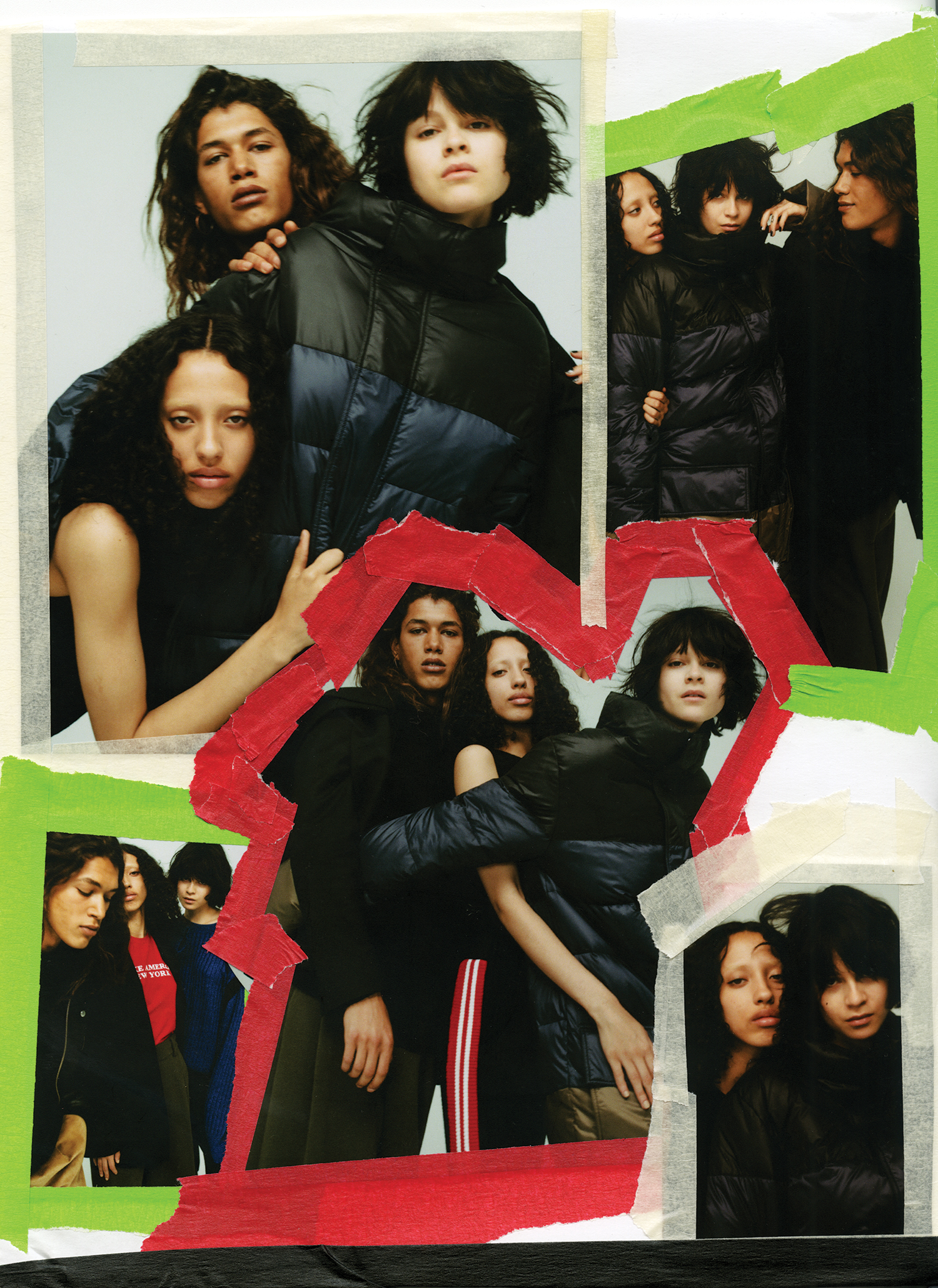 Luxury and designer clothing used to be reserved for a certain segment of the population, and obviously from an economic standpoint it still is, but this explosion, for lack of a better word, of luxury streetwear, what is that telling us about society? How is that a reflection of the changing face of the luxury consumer?
Luxury and designer clothing used to be reserved for a certain segment of the population, and obviously from an economic standpoint it still is, but this explosion, for lack of a better word, of luxury streetwear, what is that telling us about society? How is that a reflection of the changing face of the luxury consumer?
DC: I think it’s sort of a breakdown of barriers, judgement, and people – streetwear is streetwear because it’s what’s happening now. That’s what streetwear has been – what is happening on the street right now. How do we address it, and how do we take that messaging culturally and turn that into something you wear on your body? And so I think that there’s a breakdown of what people think is important now. What used to be important is no longer important, and so in a lot of ways the barriers are down and people can just sort of be who they are and not feel like they have to pretend.
So there’s not a specific mold for the luxury consumer anymore?
DC: Yeah, I think that’s also from a consumer standpoint, that people are not like, “oh, it’s from this European house and it costs $2,000 and that means that it’s luxury.” Luxury has opened up. The definition of what luxury is has broadened.
There’s a lot of conversation now in fashion press with regards to sustainability and technology. Beyond recycled textiles, what’s the future of fashion as you guys see it with regards to these topics? How do you see the industry evolving, and how are you addressing it in your own work?
DC: The fashion industry in general needs to figure out how to affect its carbon imprint on the world. We were actually in Copenhagen at a summit on fashion sustainability. So for us, it needs to start with being responsible, and not just being responsible in the things we do and create but being responsible for what we imagine, think about, and ideate. Nothing is being created without the thought or the intent, so the intent needs to come from a sustainable place, and we try to work with as few factories as possible. We try to have visibility and clarity on where the products that we’re using are coming from, but ultimately we are not 100% guaranteed. We’re also in a business that makes things we really don’t need. That’s tough to say as a designer, as a person who has a career in fashion. What we do is not very sustainable at all. I think we’re trying to think about it more and affect it in ways where we’re looking at the life cycles of garments that we create and the materials they come from. In a couple of upcoming collaborations, that is sort of the main idea and the main rallying point that we’re trying to get behind. So I think in general, our thought process needs to be sustainable, the ideas need to be sustainable, and then subsequently what we produce and create off of those ideas will be more sustainable. But, at the same time, I wouldn’t say that we are torch bearers.
Speaking of collaborations, you’ve collaborated with a wide array of brands including Tumi, J. Crew, Oliver Peoples, Fitbit, Jordan – could you explain how collaborations really work and why you’re so drawn to doing them?
MO: You know, collaborations are obviously the meeting point in the middle of the two brands. Each brand shares in the other’s aesthetic, but for us when we do these collaborations we’re really just working with the best in what they do that actually fit our lifestyle outside of what we do. So, to work with Tumi, it’s easy because we travel so much, designing luggage was easy for us. It’s like, what do we want from our luggage? And we obviously pick and choose which ones are best for us and the brand. We grew up wearing Jordans. We travel all the time. I wear glasses all the time. So it comes from a true place. It’s not like we’re pulling them out of a hat just to do them. It’s actually coming from things that we’re going to use, and that’s how we design it. It’s how we’re going to use it. We’re not doing it for anybody else, really.
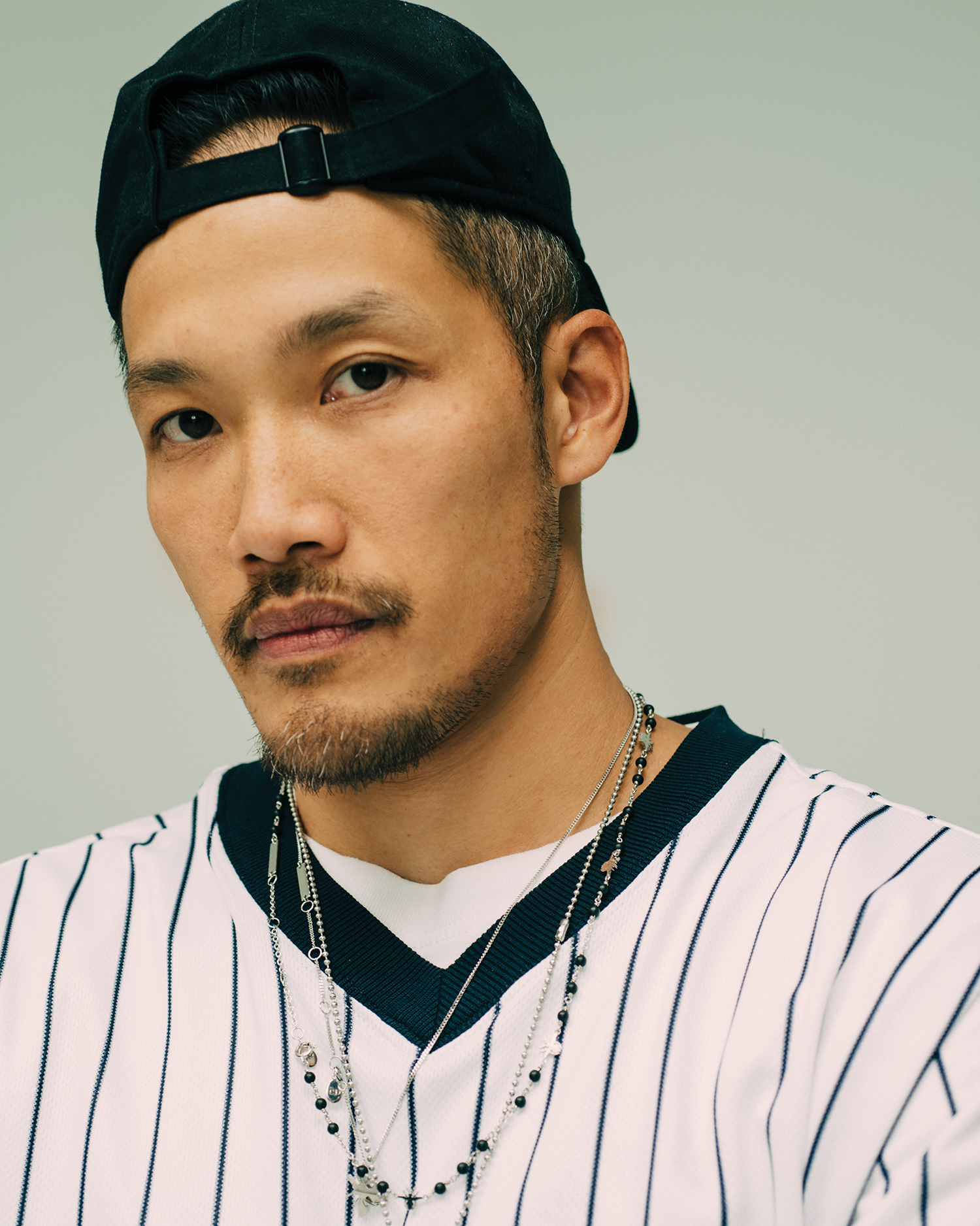
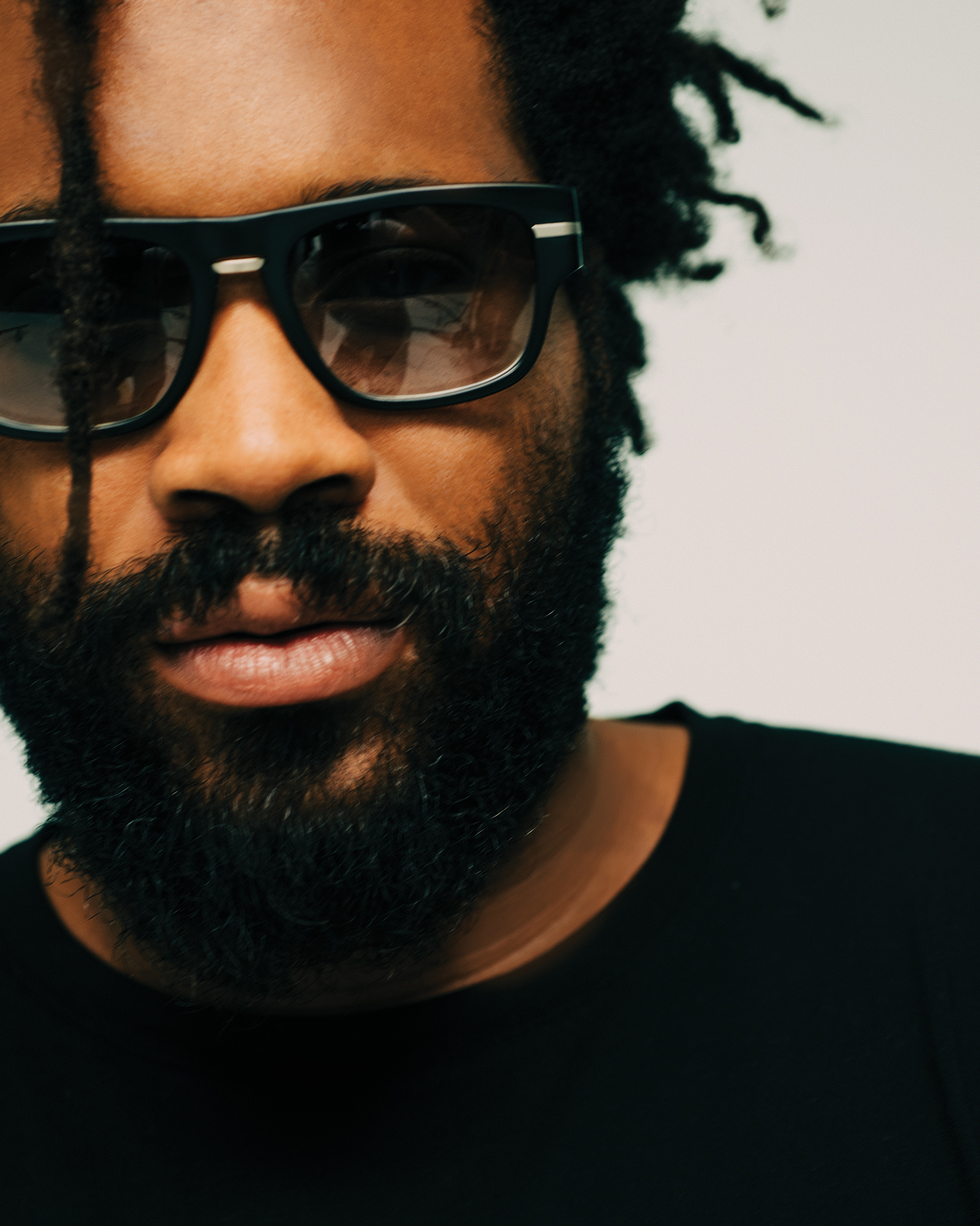 You have a collaboration with Moët that’s coming out also. Can you tell me a little bit more about that.
You have a collaboration with Moët that’s coming out also. Can you tell me a little bit more about that.
MO: We’re going to be drinking a lot. (laughs) I guess that’s a start, right? There’s the reason for that one.
DC: Moët is sort of a culmination of this idea of celebration for us, having moments to be able to celebrate and share with other people. And that process actually was really cool because we were able to travel out to Epernay where the wine and the champagne are made. And how the Maison treats it as such an artform. It was eye-opening to see that entire process and see how important that process is to the brand. That was one of the perks of being able to collab with a brand like Moët, which has hundreds and hundreds of years of experience and history.
You’ve been outspoken with regards to your support of Black Lives Matter, and your Fall runway show included caps printed with the slogan “Make America New York.” How important are political movements to fashion, both as an industry and also in direct relation to the clothes that we wear? And does one sort of inform the other?
MO: What’s going on in the current climate of the world is very much where we draw inspiration from. What’s going on right now is what we’re thinking about when designing those collections. We are aware of whatever is going on in the world, in our culture and that’s what we try to put on the runway. So, if it’s about politics then it’s about politics. Black Lives Matter, for me, was the moment when I was just really frustrated. I definitely could have been way more outspoken. It’s cool to have a voice and for it to be listened to for a second. For the runway when we did “Make America New York”– what’s great about New York is that it’s a city that is a melting pot and you can’t hide that fact.
You have a call to action that you label WNL, which has multiple meanings; Where New York Lives, We Need Leaders… Can you explain a little bit more about this?
MO: WNL just sort of started out as an internal mantra, and when we say call to action it’s not really a call to action to anyone else other than ourselves. Originally, it was just highlighting and focusing on friends of ours who we felt were leaders in their particular industry, from a creative standpoint. It’s slowly morphed into more than just a platform where, especially now in this climate, we can express and demonstrate whatever our feelings of activism are and align with other groups and organizations who feel similarly. It’s not meant to be a preachy thing at all and hopefully it doesn’t come off that way. But it’s a reminder to ourselves that we need to do something bigger than clothes or making money. I think it’s a helpful reminder for us to be able to focus on our career, while simultaneously focusing on helping each other or helping people who don’t have as much, or helping people to give a voice to those who might not have one.
And is there any specific charity or philanthropic initiative that you guys are currently working on or actively working on with Public School, as far as that’s concerned?
DC: We work with several organizations. There’s an organization that I’m a board member of that’s called Apex for Youth. It’s the largest Asian American mentoring program here in the states that provides mentorship and college preparation for children of all ethnicities, but focused on Asian Americans that live below the poverty line. We also work with the National Center for Learning Disabilities, and we are planning to partner with the ACLU. We donated the proceeds from the sales of our runway show hats to the ACLU. We’re trying to stay active.
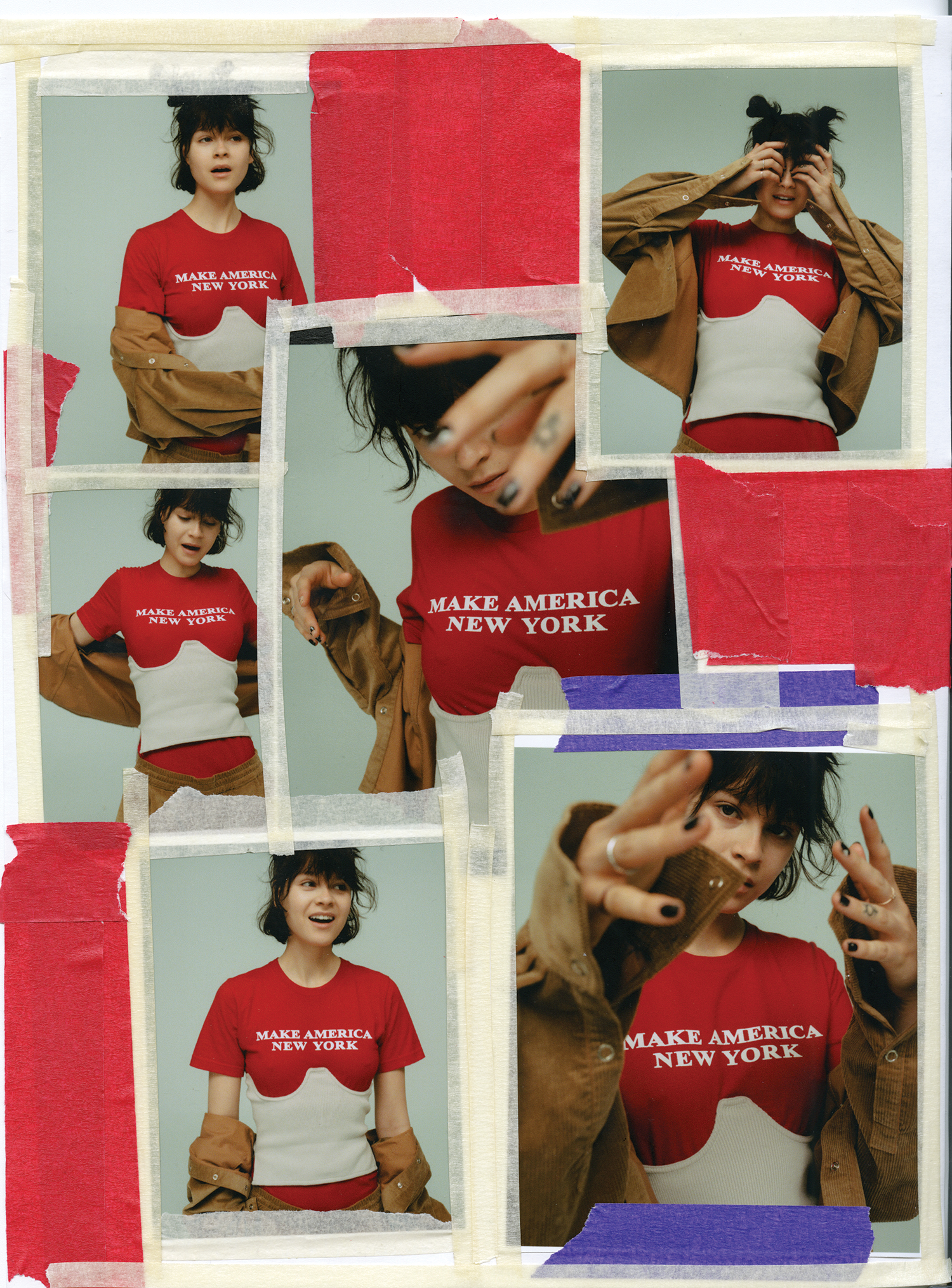
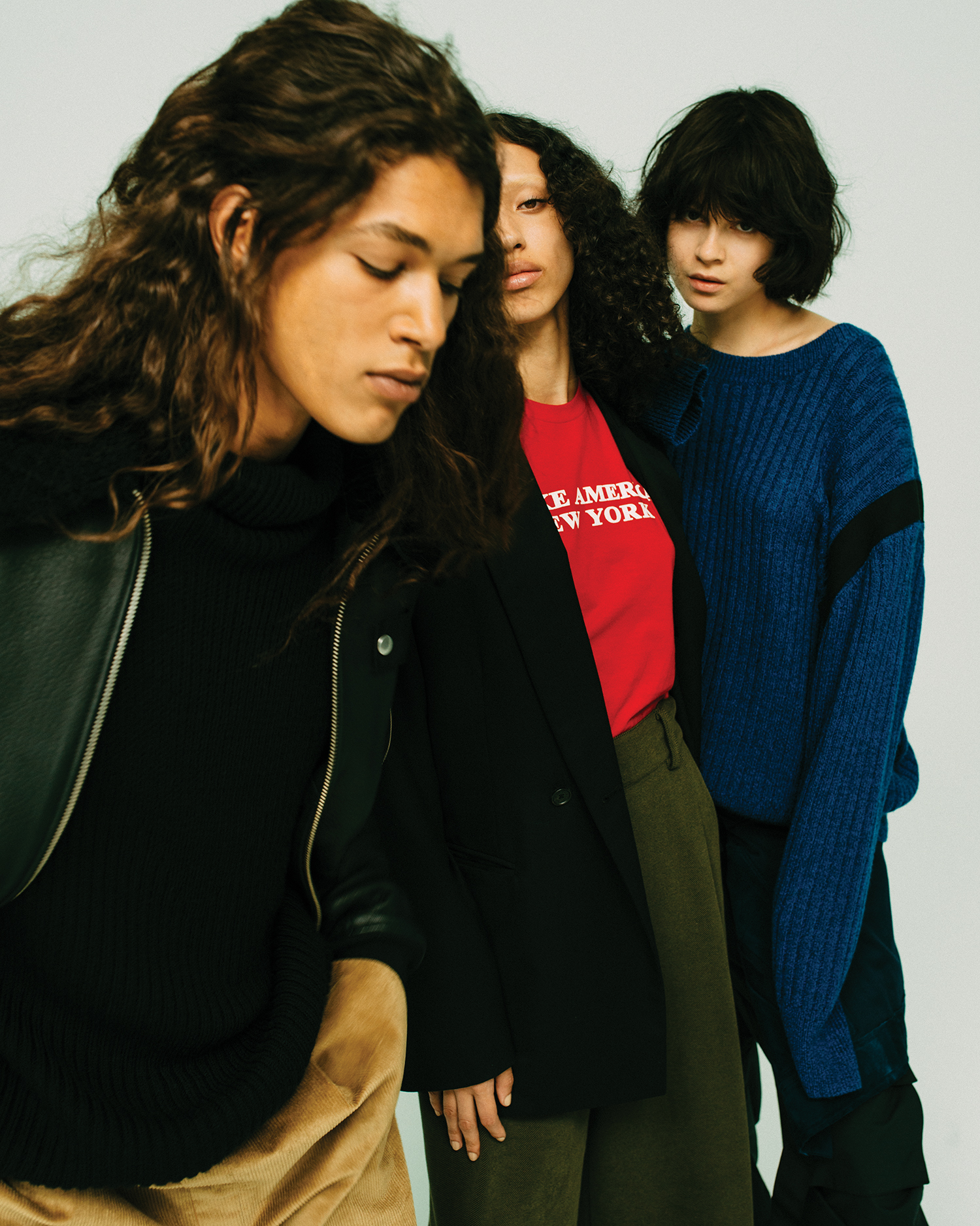 For more information about Public School, please visit PublicSchoolNYC.com – Makeup/Grooming by Laura Stiassni using Sisley @The Wall Group, Hair by Lizzie Arneson @ BRIDGE using Oribe. Art Direction by Louis Liu, Editor Marc Sifuentes, Photographer’s 1st Assistant Mariah Postlethwaite, 2nd Assistant Tom McKiver, Photo Intern Jeremy Hall, BTS DP/Digital Manager Casey Showalter, Senior Digital Tech Nick Korompilas, Production by XTheStudio. Special Thanks to Pier59 Studios.
For more information about Public School, please visit PublicSchoolNYC.com – Makeup/Grooming by Laura Stiassni using Sisley @The Wall Group, Hair by Lizzie Arneson @ BRIDGE using Oribe. Art Direction by Louis Liu, Editor Marc Sifuentes, Photographer’s 1st Assistant Mariah Postlethwaite, 2nd Assistant Tom McKiver, Photo Intern Jeremy Hall, BTS DP/Digital Manager Casey Showalter, Senior Digital Tech Nick Korompilas, Production by XTheStudio. Special Thanks to Pier59 Studios.
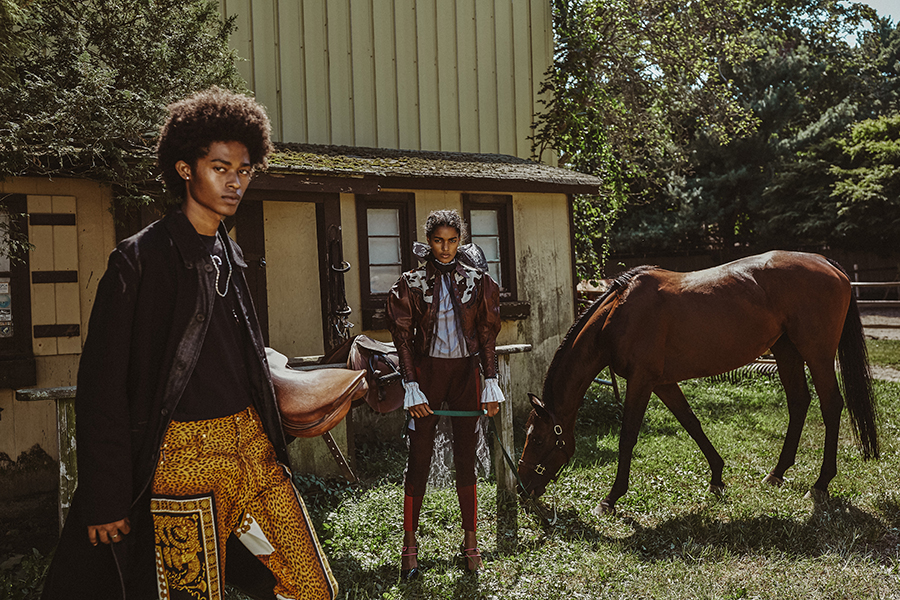
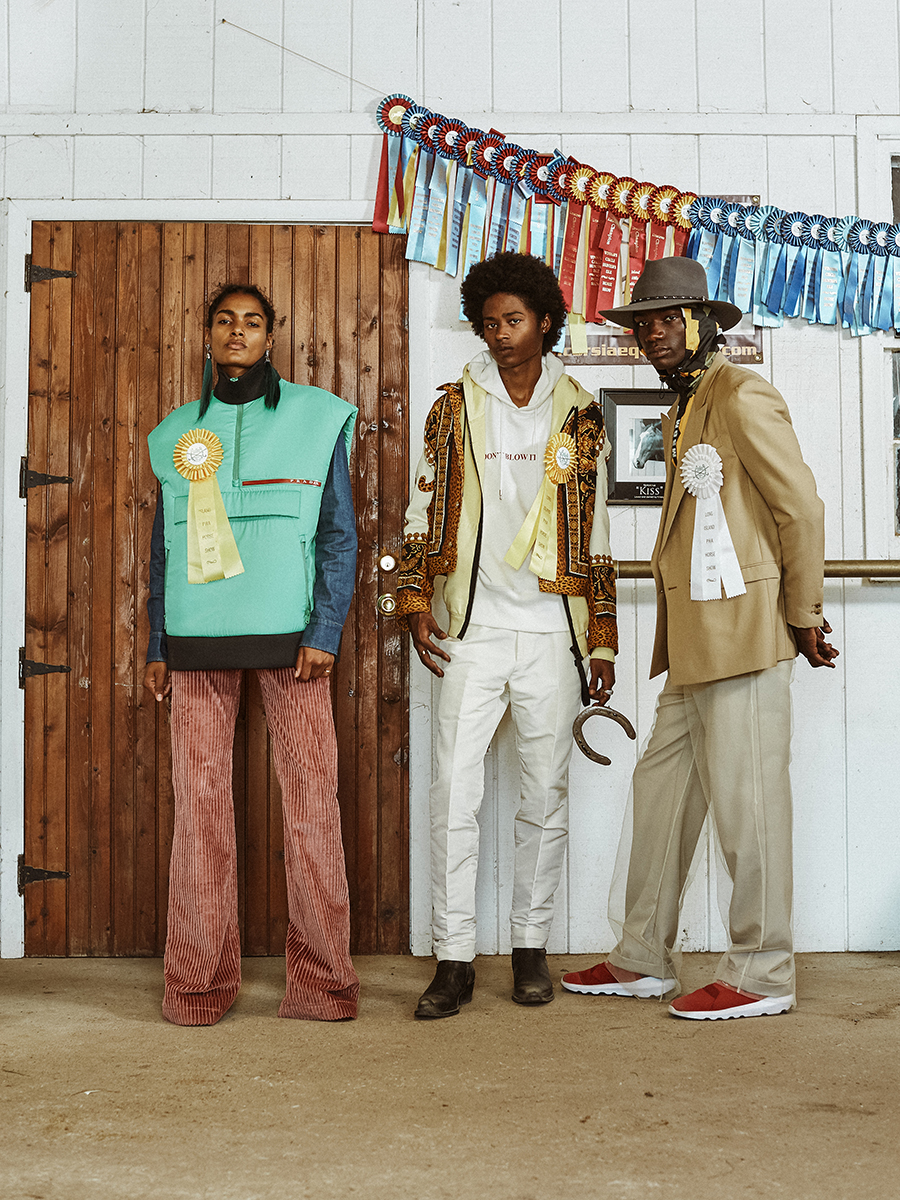
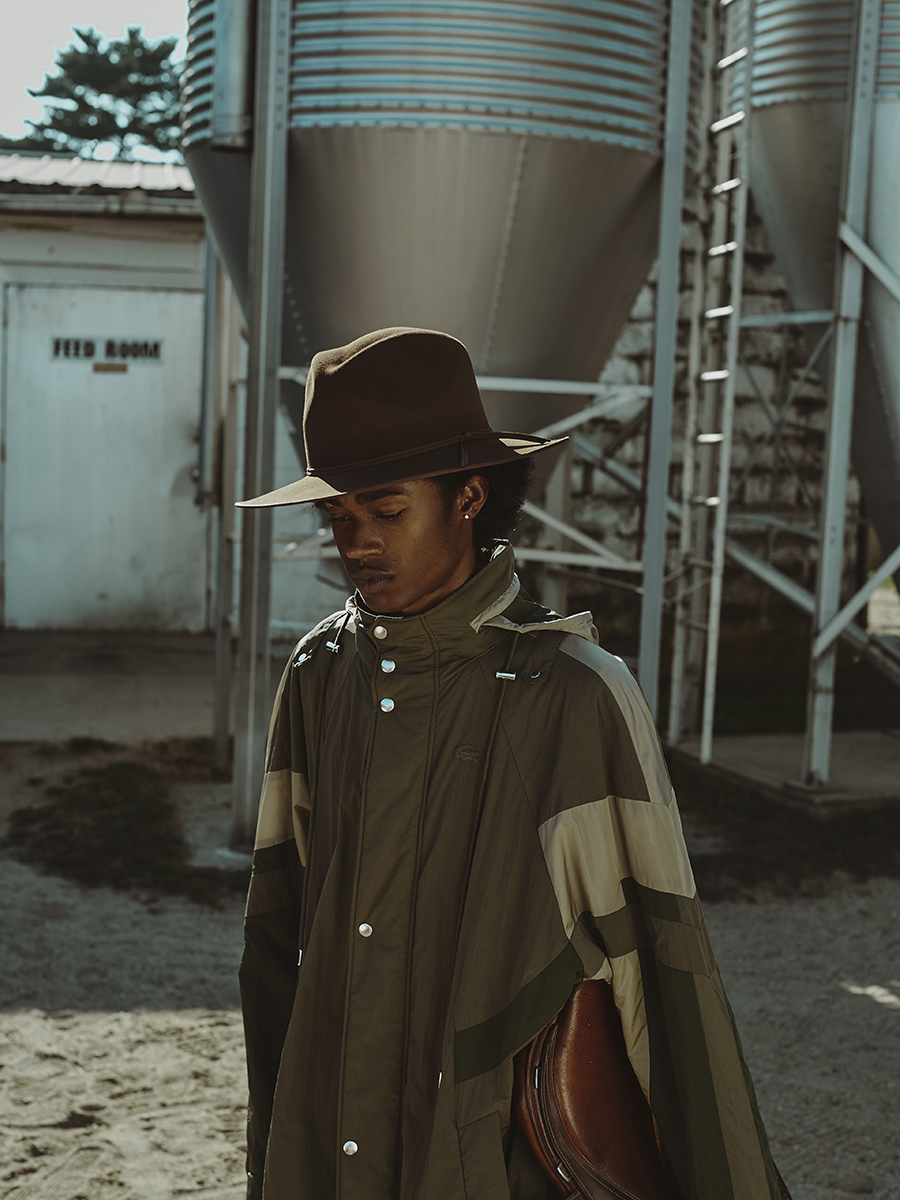
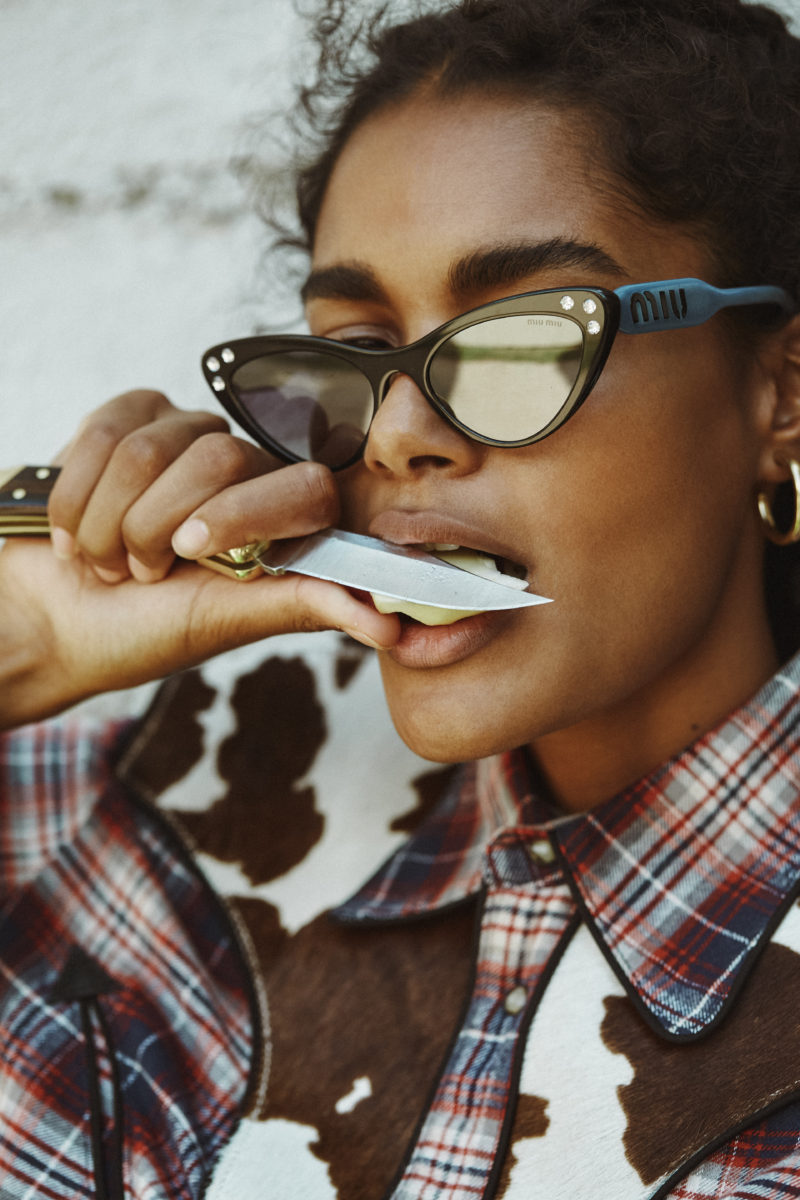
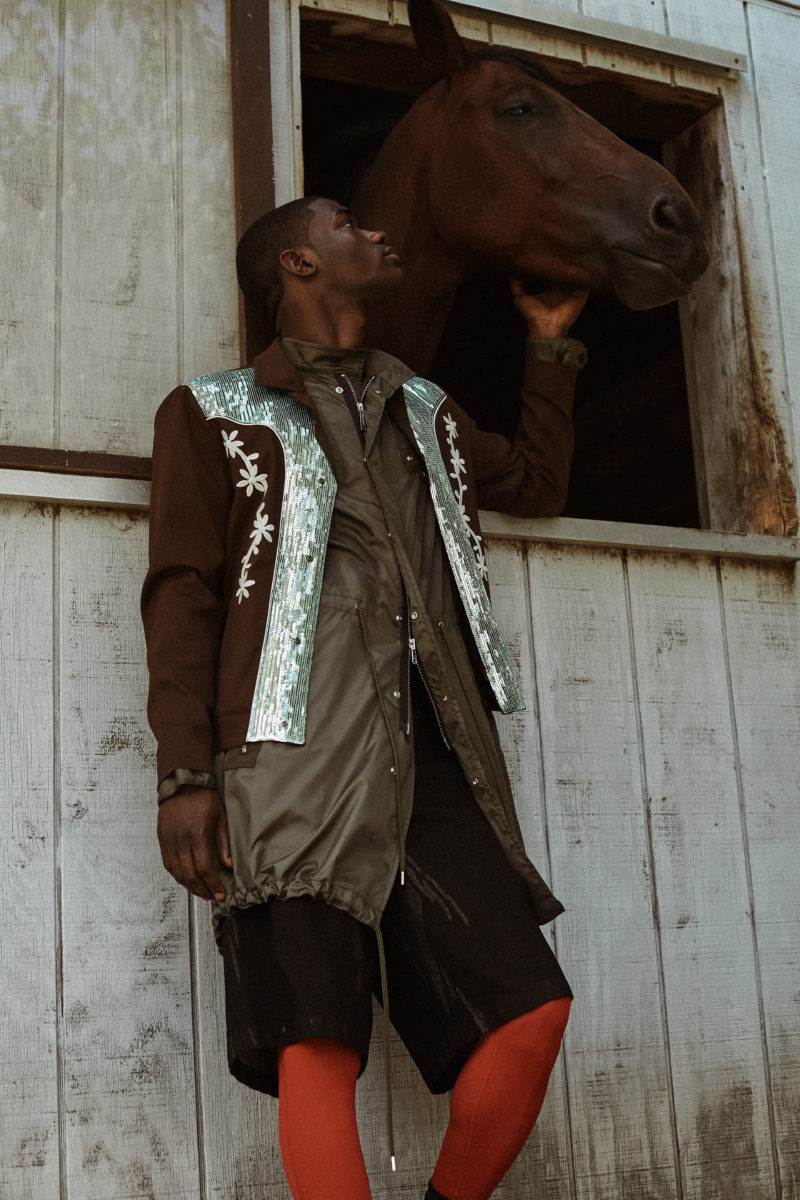

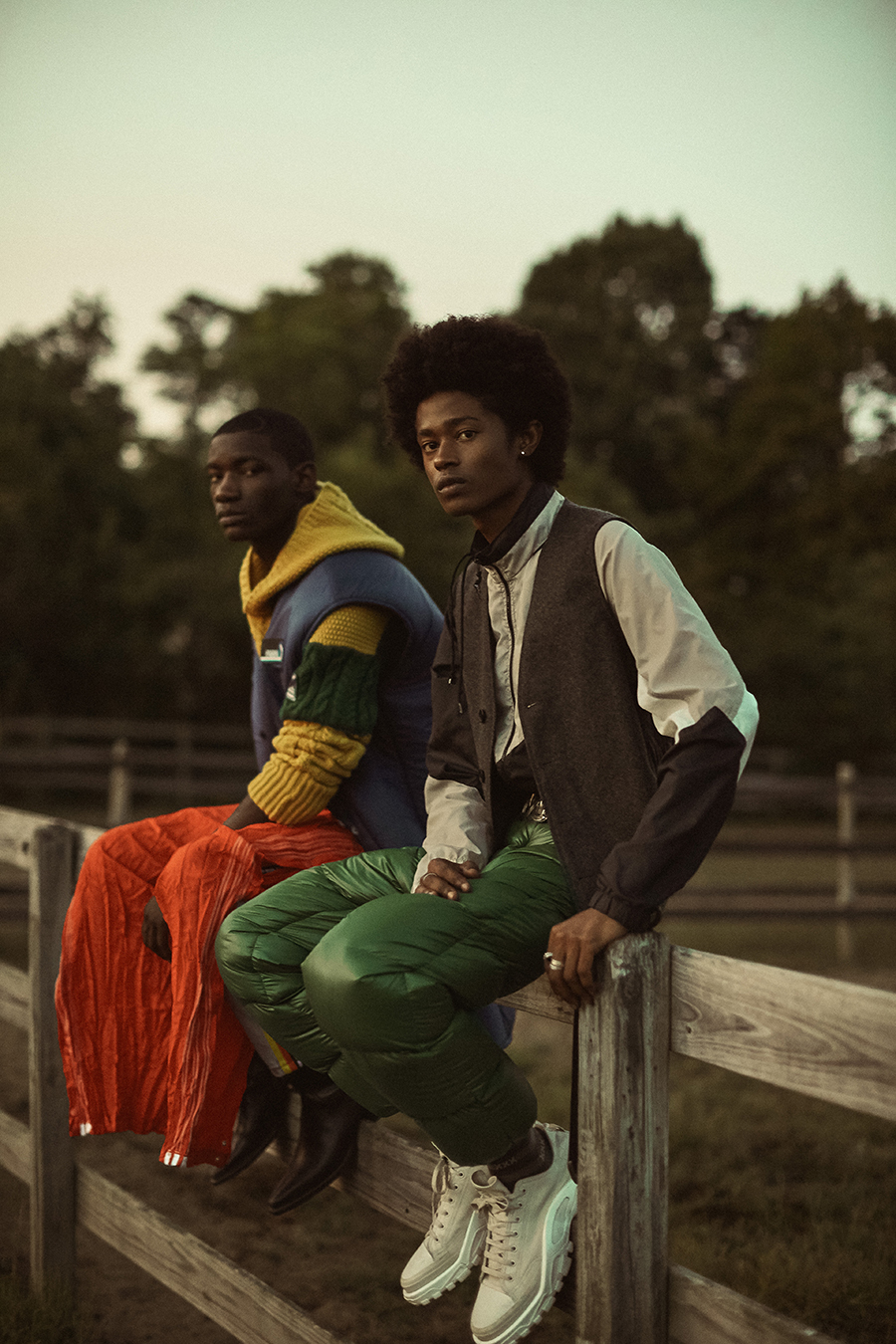
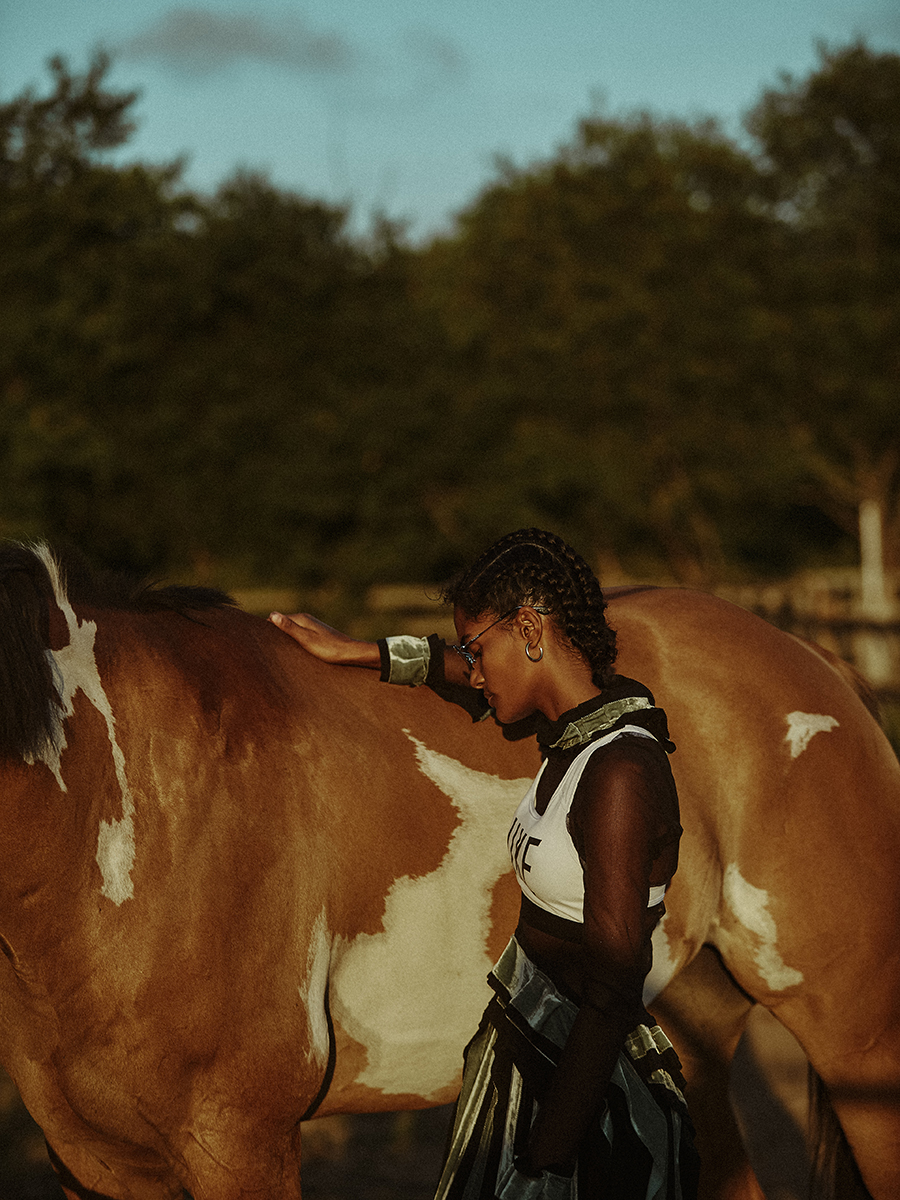

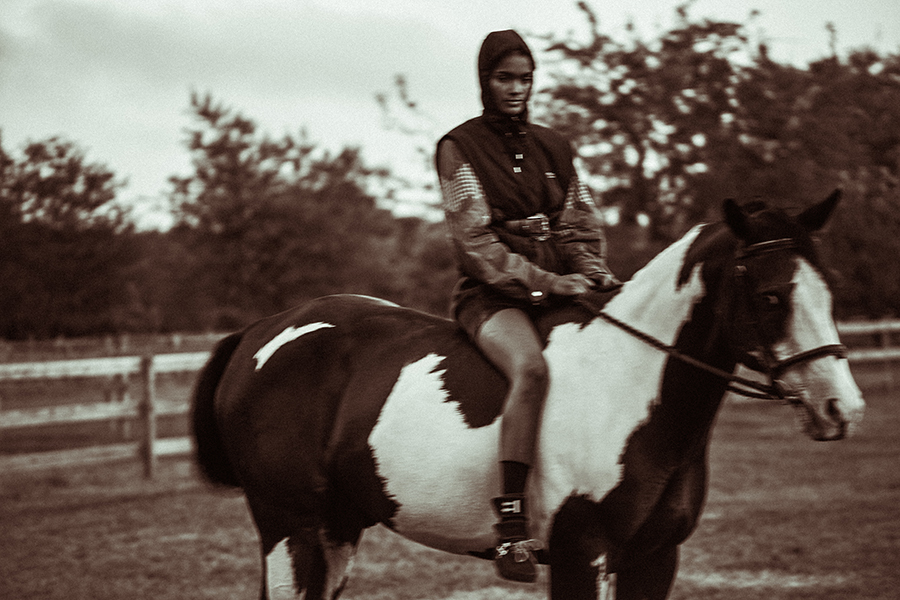



 I understand that this year the women’s business is surpassing the men’s business. Do you think that’s going to affect how you show the brand in the future and the overall brand story?
I understand that this year the women’s business is surpassing the men’s business. Do you think that’s going to affect how you show the brand in the future and the overall brand story?  In today’s market, department stores, even luxury ones, are full of sale racks. When you go to an industry trade show, it’s a sea of booths for small labels that no one may ever hear of; It can be kind of easy to get discouraged from a designer’s perspective. Do you ever feel that? That there’s just so much out there, and how do you find that voice?
In today’s market, department stores, even luxury ones, are full of sale racks. When you go to an industry trade show, it’s a sea of booths for small labels that no one may ever hear of; It can be kind of easy to get discouraged from a designer’s perspective. Do you ever feel that? That there’s just so much out there, and how do you find that voice?  Luxury and designer clothing used to be reserved for a certain segment of the population, and obviously from an economic standpoint it still is, but this explosion, for lack of a better word, of luxury streetwear, what is that telling us about society? How is that a reflection of the changing face of the luxury consumer?
Luxury and designer clothing used to be reserved for a certain segment of the population, and obviously from an economic standpoint it still is, but this explosion, for lack of a better word, of luxury streetwear, what is that telling us about society? How is that a reflection of the changing face of the luxury consumer? 
 You have a collaboration with Moët that’s coming out also. Can you tell me a little bit more about that.
You have a collaboration with Moët that’s coming out also. Can you tell me a little bit more about that.
